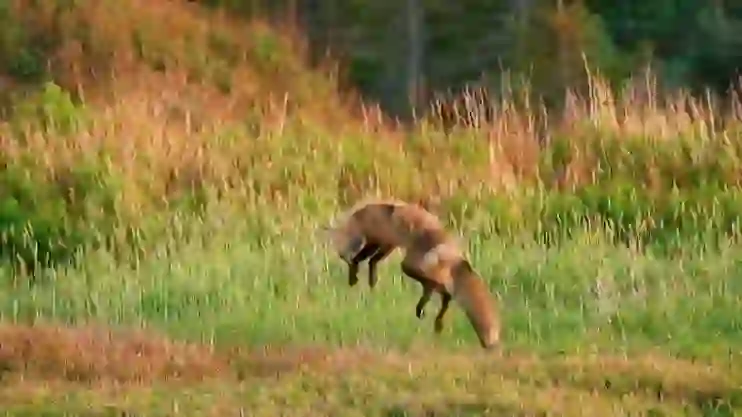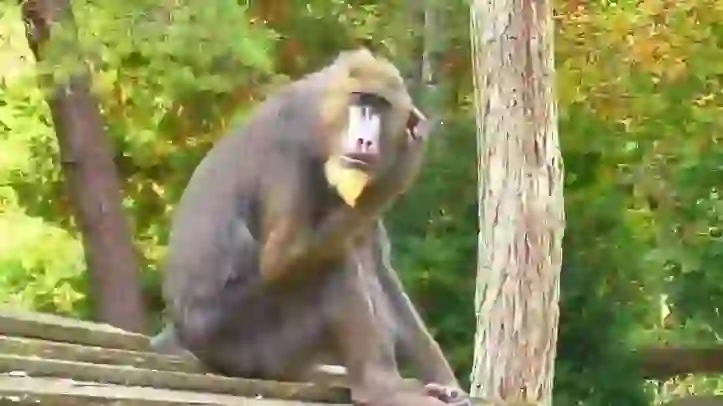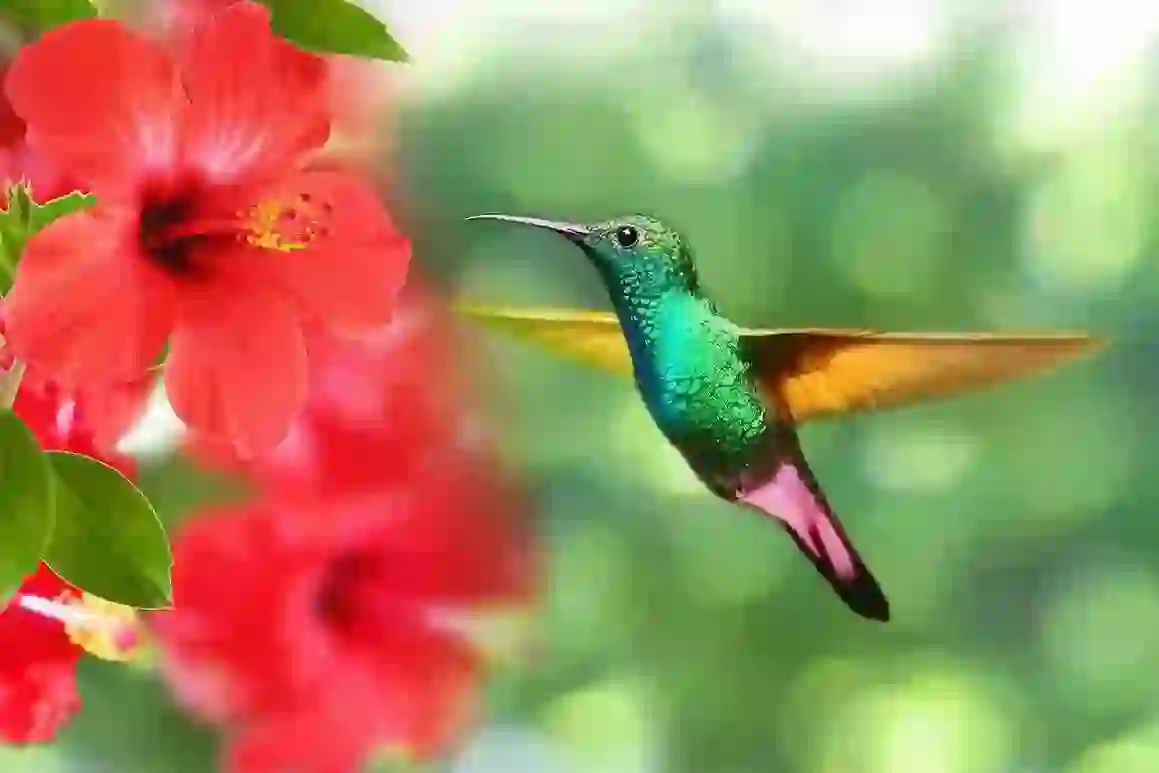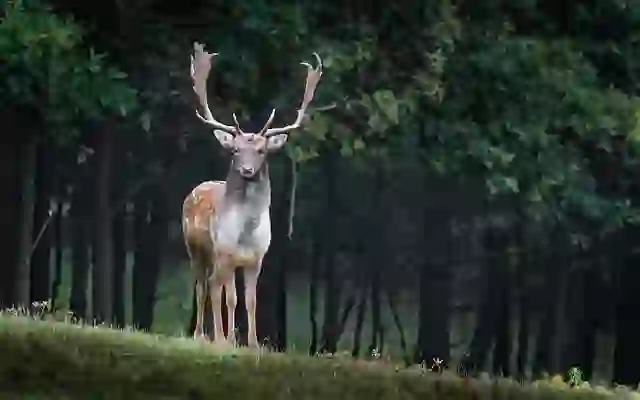
Jewel Beetle
Jewel Beetle
Jewel Beetle
Jewel beetles are well known for their beautiful appearance among insects. Though not commonly seen in daily life, they have a body that shines like a gem. What kind of habitat do these jewel beetles live in, and what are their ecological characteristics? In this article, we will explore the ecology of the jewel beetle in detail.
Jewel Beetle Basic Infomation
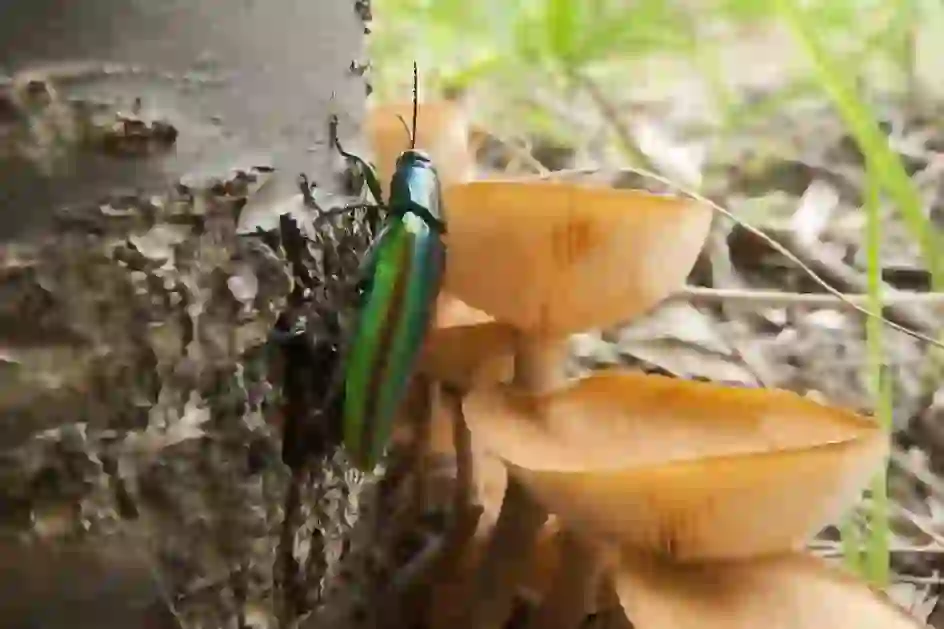
Basic Information
Phylum: Arthropoda Class: Insecta Order: Coleoptera Suborder: Polyphaga Family: Buprestidae Body length: 30-40mm Jewel beetles inhabit Honshu, Shikoku, Kyushu, Sado, Tsushima, Yakushima, Tanegashima, and Amami Oshima, Tokunoshima, Okinoerabujima, Okinawa in the Ryukyu Islands in Japan. Overseas, they are found in southern Korea, central and southern China, Taiwan, and the Indochina Peninsula. They are beautifully adorned with green bodies and two red bands, and their entire bodies have a metallic sheen. They have been cherished in Japan since ancient times, and the 'Tamamushi Zushi' at Horyuji Temple, built in the Asuka period, is decorated with the elytra of jewel beetles. The 'Utsubo Monogatari' from the Nara period also describes the ecology of jewel beetles. Due to their beautiful appearance, they are sometimes considered good luck charms, known as 'kitchomushi' (auspicious insects), indicating an omen of good fortune.
Jewel Beetle Q&A

What is the Origin of the Name Jewel Beetle?
Jewel beetles have green bodies with gold tints and vertical blue and red stripes, resembling a rainbow. The term 'iridescent' originates from their elytra color, changing with the viewing angle. Their gem-like appearance gave rise to the name 'Jewel Beetle.' They are also known as 'Yamato Tamamushi.' In the Boso Hills region, they are sometimes called 'Koganemushi' and considered auspicious insects.
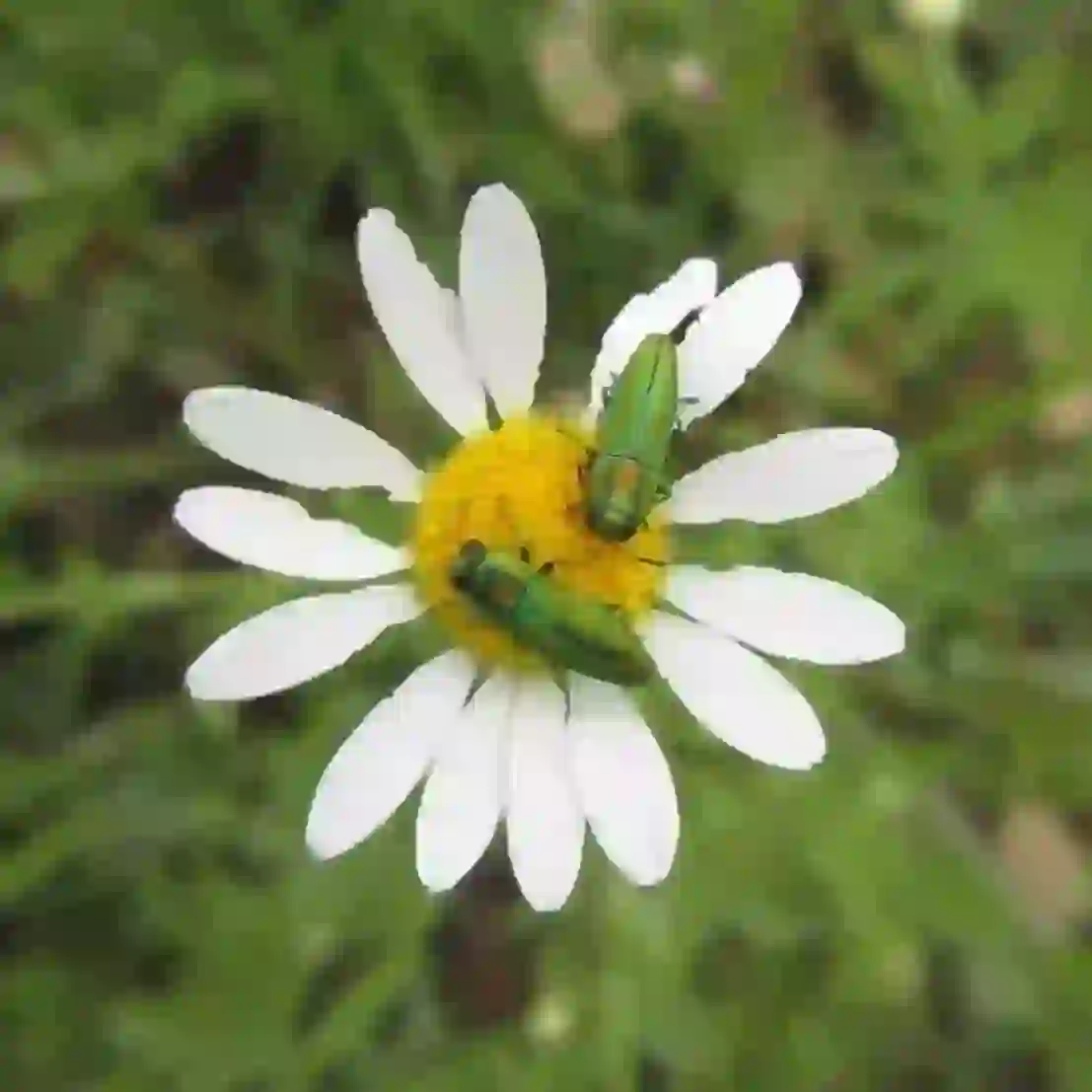
Why Do Jewel Beetles Live There?
Jewel beetle larvae grow by feeding on weakened or dead branches of cherry and hackberry trees. They prefer broadleaf forests abundant in food during their larval stage. As adults, they can be seen flying over trees on hot, sunny summer days. Their primary habitat is the canopy of trees, depending on specific plants. At night, they hide in the shadows of trunks. They are not found in Hokkaido. Cutting high trunks of hackberry or Japanese elm trees can attract them with the scent. They can also be seen sunbathing on dry bamboo or dead branches in hedges.
_In_Nature.webp?alt=media)
What Do Jewel Beetles Eat?
Jewel beetle larvae feed on the heartwood of decayed broadleaf trees. As adults, they feed on the leaves of hackberry, Japanese elm, and Siberian elm. They lay eggs in cracks or under the bark of dead or dying broadleaf trees, ensuring food availability for the larvae.
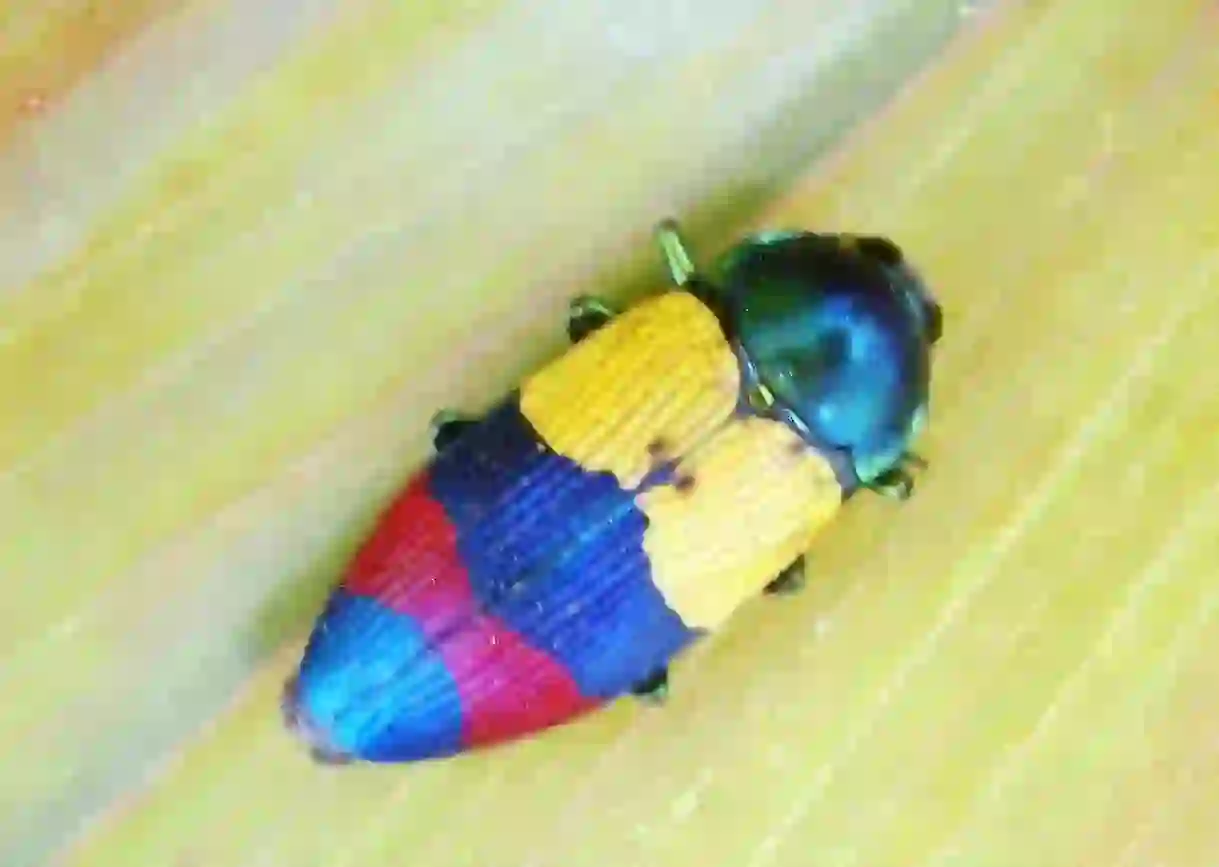
Why Are Jewel Beetles Colorful?
The vibrant colors of jewel beetles are due to the structure of their elytra. The cross-section of a jewel beetle's wing shows a layered structure that enhances the reflection of specific light colors, resulting in vivid hues. This phenomenon is known as multilayer interference. The bright colors are not due to pigmentation but are visible because of the special structure reflecting light.
.webp?alt=media)
Why Do Jewel Beetles Have Beautiful Colors?
While the structure responsible for the jewel beetle's vibrant colors has been explained, why do they have such beautiful colors? The shimmering wings likely aid in mating. Typically, male insects and animals display bright colors to attract females, but both male and female jewel beetles are brightly colored. Research shows males jump on flying females in trees for mating. Even just placing female wings attracts males. The sparkling colors make them more noticeable to males. They fly during bright summer days, suggesting the shiny body aids in mating. Additionally, the shimmering colors may protect them from predators like birds, similar to the way shiny objects deter birds.
.webp?alt=media)
What Happens to the Jewel Beetle's Color After Death?
Jewel beetles retain their vibrant colors even after death, making them popular for adornments and decorations. To enhance preservation, they are sometimes encased in resin. There is a superstition that placing jewel beetles in drawers will increase kimono collection.
.webp?alt=media)
What is the Lifespan of a Jewel Beetle?
Jewel beetles lay eggs in July and August, which hatch into larvae in about 20 days. The larvae live inside wood for about three years before pupating and emerging as adults in about 10 days. Their lifespan from egg to death is around 3 years and 2 months. However, their lifespan can vary greatly depending on environmental conditions, with some becoming adults in 2 years or taking up to 5 years.
.webp?alt=media)
How Can You Find Jewel Beetles?
The best time to find jewel beetles is on hot, sunny days in late July to August. Look carefully at stumps of hackberry, Japanese elm, cherry, sawtooth oak, and shiitake mushroom logs.
_(7921854922).webp?alt=media)
Are Jewel Beetles Sometimes Considered Pests?
Despite their beauty, jewel beetles are sometimes considered pests. Females lay eggs in cracks or under the bark of trees like hackberry and apple. The larvae bore deep into the trunks, causing damage that can lead to the trees breaking or falling in wind or rain. As a result, orchard growers and gardeners sometimes regard them as pests.
.webp?alt=media)
Is it Difficult to Keep Jewel Beetles?
Jewel beetles are sensitive to environmental changes and can easily become stressed and refuse to eat. When keeping jewel beetles, it is important to handle them minimally and keep them in a quiet environment.
_(8741874630).webp?alt=media)
Is There Much Unknown About Jewel Beetle Larvae?
Research on jewel beetle larvae is still limited, and many species remain undiscovered. While adult beetles are easier to distinguish, larvae often look similar, making it difficult to identify species. There is still much to learn about jewel beetle larvae.

Would you like to become a part of the 'Animalbook.jp'?
Turn your knowledge into Q&A and share it with the world. ※Publication will be activated after purchase. Let's share information together!
Jewel Beetle Type of List
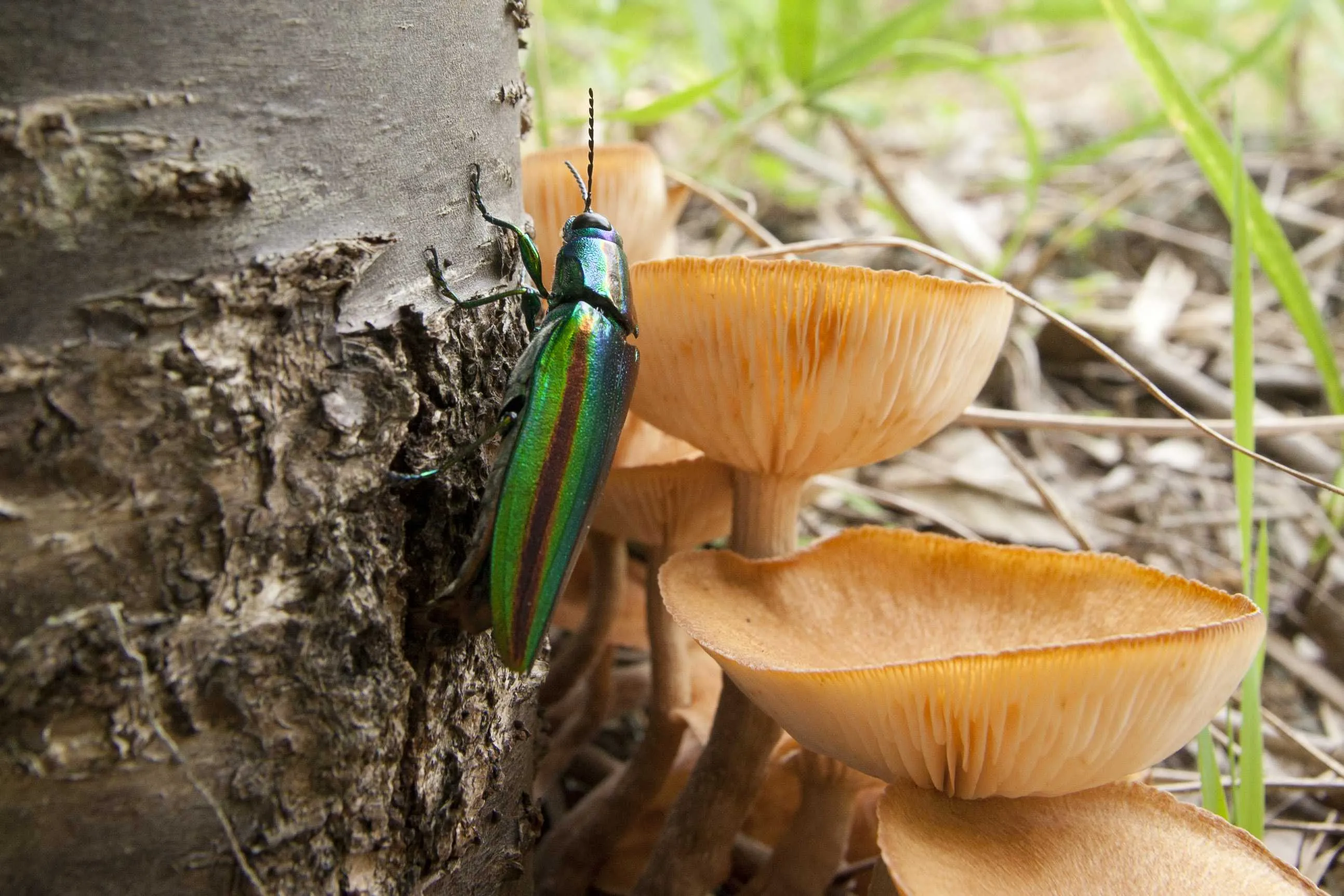
・Yamato Jewel Beetle
・Midori-Futo Jewel Beetle
・Chibi Jewel Beetle
・Ao Jewel Beetle
・Ooruri Jewel Beetle
・Miiro-Kado Aka Jewel Beetle
・Mutsuboshi Jewel Beetle
・Ousama-Mutsuboshi Jewel Beetle
・Kaku-Suji Jewel Beetle
・Nise-Kado Aka Jewel Beetle
・Suji-Nanbei-Mukashi Jewel Beetle
・Fisshyaa-Nanbei-Mukashi Jewel Beetle
・Aya-Mune-Suji Jewel Beetle
・Tsumabeni Jewel Beetle
・Kuro-Madara Jewel Beetle
・Uba Jewel Beetle
Information
Congratulations! You are the first commenter!

Create Your Favorite List!
Jewel Beetle
Save the animals you love! Build your own list to quickly revisit your favorites later.

Would you like to leave a comment?
※Please note: This is for the purchase of rights to post comments within the article.
Find Your Favorites!
Our shop offers a unique and attractive selection of goods themed around various animals.
Jewel Beetle References

- ・タマムシハンドブック 株式会社文一総合出版 2022年5月25日 初版台1版発行
- ・かがやく昆虫のひみつ 株式会社ポプラ社 2017年3月 第1版
- ・Wikipedia
- ・BIOME
- ・森と水の郷あきた
- ・大自然の自由研究室
- ・ホンダ技研
- ・ホンシェルジュ
- ・昆虫好きブログ
Jewel Beetle Introduction of media used
_In_Nature.webp?alt=media)
Brian Adler (BrianAdler), Public domain, via Wikimedia Commons

John Hill at the English-language Wikipedia, CC BY-SA 3.0, via Wikimedia Commons
.webp?alt=media)
Dinesh Valke from Thane, India, CC BY-SA 2.0, via Wikimedia Commons
.webp?alt=media)
John Tann from Sydney, Australia, CC BY 2.0, via Wikimedia Commons
.webp?alt=media)
John Tann from Sydney, Australia, CC BY 2.0, via Wikimedia Commons
.webp?alt=media)
Dinesh Valke from Thane, India, CC BY-SA 2.0, via Wikimedia Commons
_(7921854922).webp?alt=media)
Bernard DUPONT from FRANCE, CC BY-SA 2.0, via Wikimedia Commons
.webp?alt=media)
John Tann from Sydney, Australia, CC BY 2.0, via Wikimedia Commons
_(8741874630).webp?alt=media)
Bernard DUPONT from FRANCE, CC BY-SA 2.0, via Wikimedia Commons
.webp?alt=media)
John Tann from Sydney, Australia, CC BY 2.0, via Wikimedia Commons

Help Enrich Our Animalbook.jp with Your Media!
We are constantly looking to expand and enrich our Animalbook.jp with amazing photos and videos of animals. If you have any media that you'd like to share, please contribute and help us showcase the beauty and diversity of the animal kingdom. Your submissions will be credited and featured in our encyclopedia, reaching a wide audience of animal lovers.



